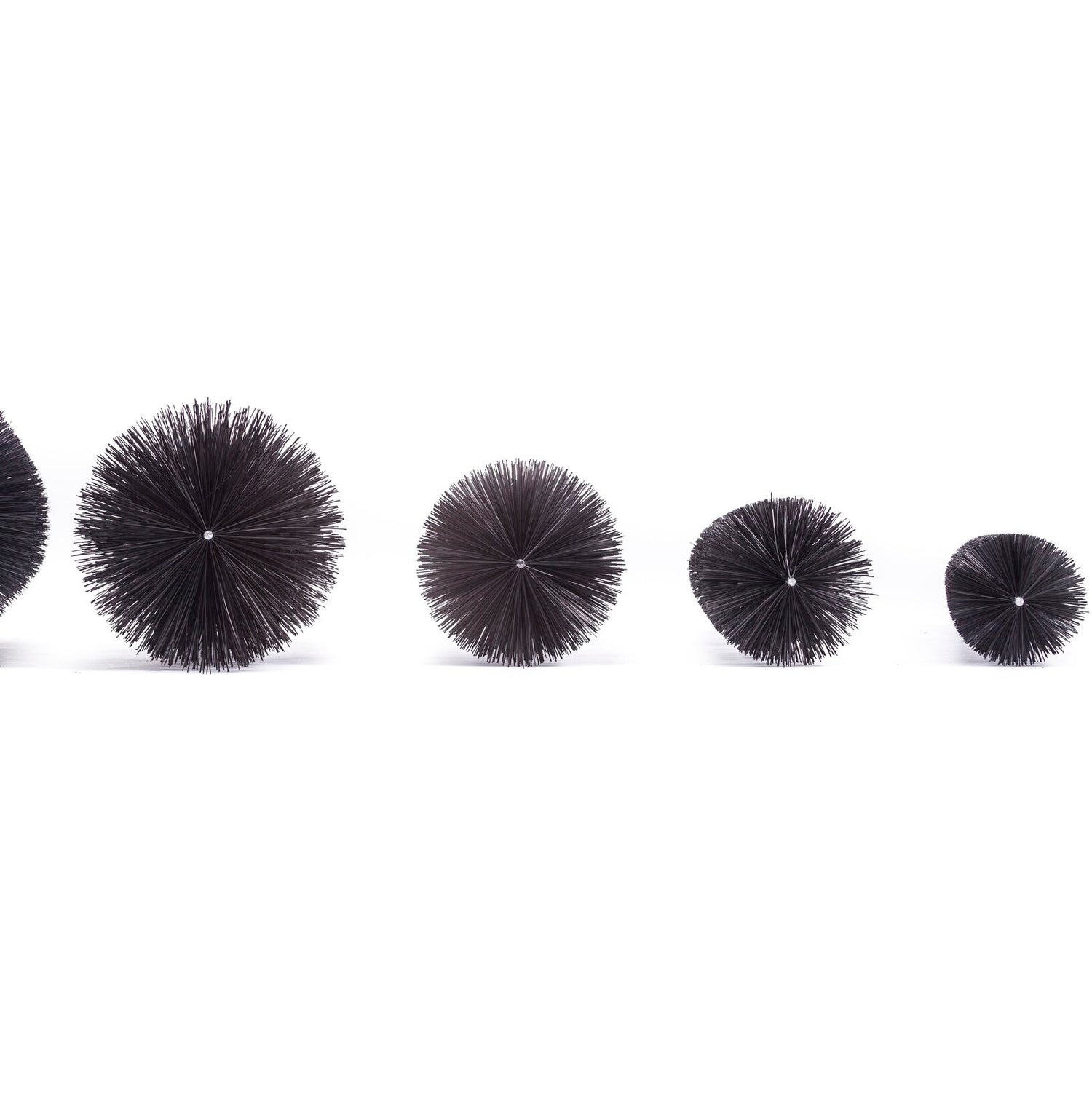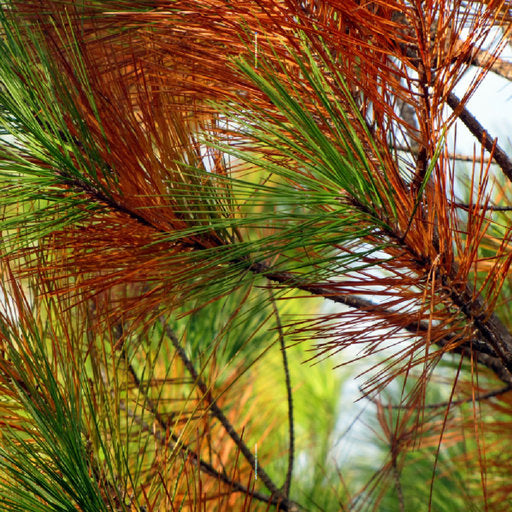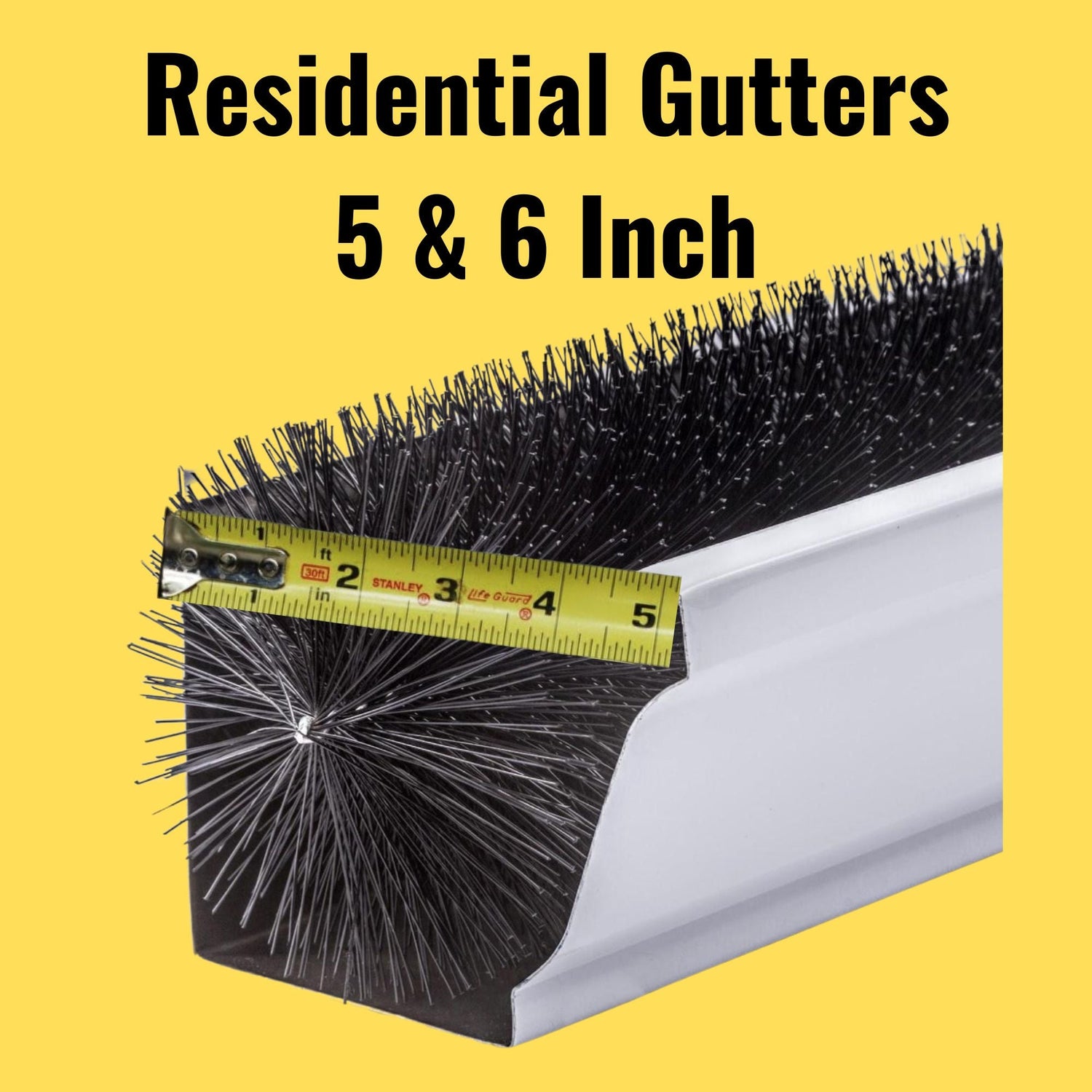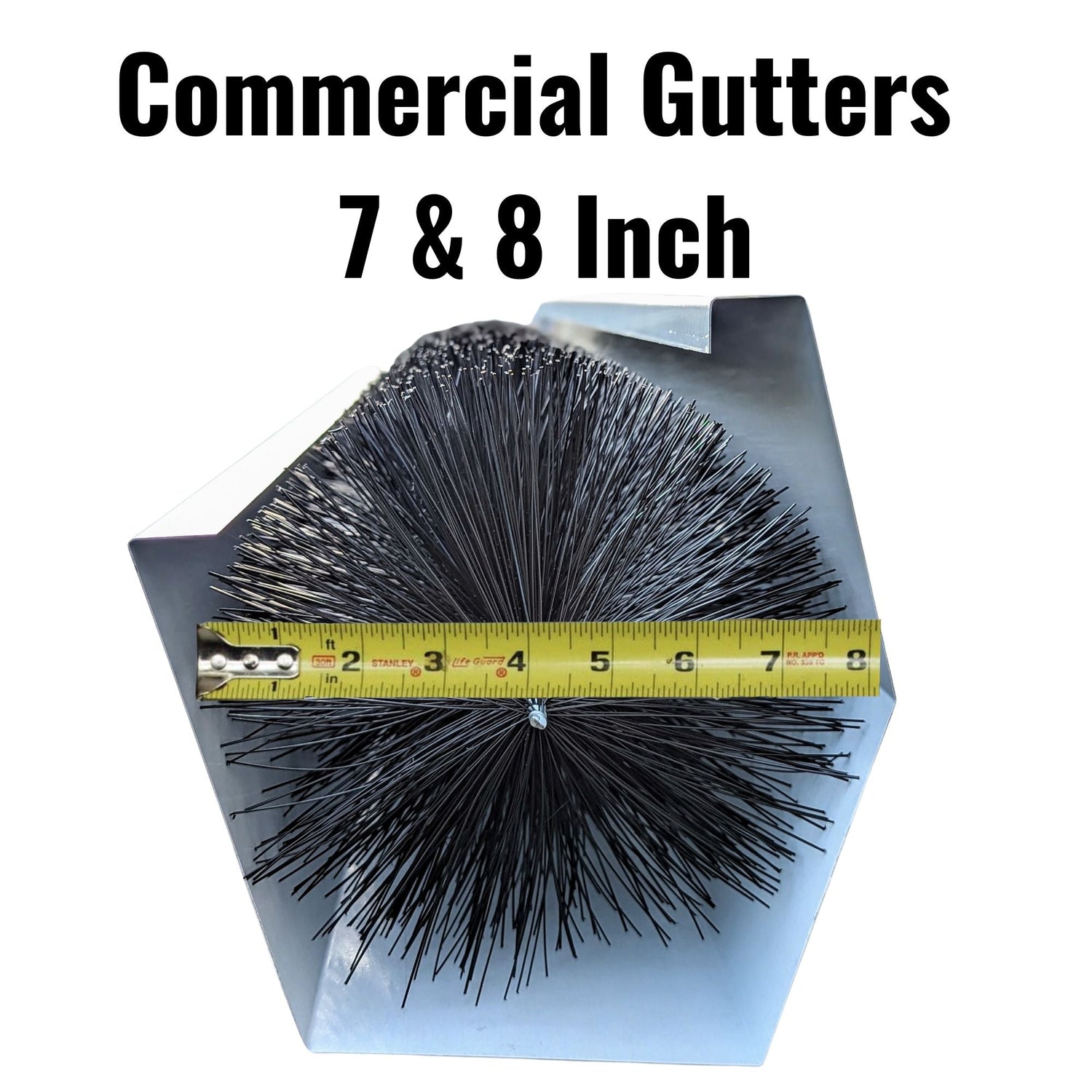Pine needles bear some of the responsibility for shaping today’s market of available gutter protection devices. There is hardly a day, when I do not receive a phone call from someone who wants to discuss and ask questions about pine needles. Also referred to as “Pine Straw”, their unique shape and “float and flow” characteristics have caused sleepless nights and hours of maintenance work for building owners and homeowners who are attempting keep their drainage systems clean and clear while also keeping their gutters flowing.
November 2021 Customer Pine Needle Review:

With “Necessity being the Mother of Invention”, new gutter protection devices have come onto the market with the hope of finding that ever illusive product that will solve all clogged gutter problems forever. I have well over 20 years of hands-on experience working as a contractor outdoors on homes and commercial gutters, and anyone who has such extensive gutter problem solving experience understands that no device has been invented that will keep gutters flowing, forever, in a maintenance free manner when faced with a heavy load of pine needles or other detritus. Simply put, with a heavy load of pine needles, at some point maintenance will be required. Consumers who purchase expensive complicated gutter protection devices with the intent of not having to perform any exterior maintenance and never cleaning their gutters again in the face of heavy tree droppings, are often extremely disappointed.
Customers eventually find that some maintenance is necessary with all gutter guard systems and if they had understood this in the first place, they often would have chosen a different simpler gutter protection product that is easier to maintain. However now that they have set the bar so unreasonably high as attempting to install a forever-maintenance-free product in the face of challenging debris droppings, they are forced to also accept the reality of negative performance issues such as clogging or finding that the fast rainwater skips off of the device and bypasses the gutter entirely. When a person accepts the fact that maintenance at some point will be necessary, one major priority becomes choosing a gutter protection device that not only keeps the gutters flowing, but one that is also easy to maintain without skill or tools.

The pine needle problem is driven by the unique shape of these notorious gutter cloggers. On one hand, they are typically about 3 or 4 inches long so they are capable of banding together, criss-crossing and spanning a gutter outlet. I remember that old game called “Kerplunk”, in which thin plastic sticks were inserted in a criss-cross manner such that they supported a large pile of marbles, and the players would one-by-one remove the sticks in an attempt to keep the marbles from falling. In the same way that the plastic sticks kept the marbles from falling, pine needles will create criss-crossed configurations that then further act to trap other smaller pieces of leaves and debris that, if the pine needles were not present, otherwise would have flowed with the water right down the pipe and out of trouble. Once the pine needles are at work, that very small debris no longer flows through as it gets hung up on the pine needles decreasing the water flow until there is a full fledged clog.
Earlier I mentioned that “on one hand, they are typically about 3 or 4 inches long”, no now I will explain the other hand. If you turn the pine needle longitudinally towards you, its footprint is no larger than the head of a pin. Therefore if facing the correct direction, pine needles will fit through an extremely small hole; which poses a problem for most traditional gutter guard contraptions. When you combine this physical pin-size characteristic with the fact that trees drop thousands or even millions of these scoundrels, it is easy to understand how pine needles will clog most systems. When dropping from the tree, the needles often will naturally fall in the most streamlined fashion similar to the way a dart or an arrow naturally flies, thus in such a lengthwise fashion, they will drop and slide right through most traditional gutter screen openings ending up laying in the bottom of the gutter; from there they team up and wreak havoc on the water flow. It is their ability to fit through the tiniest of openings that causes the difficulty. When the gutter protection is one of those hood-type helmet-covers, they can even fit into the gutter lengthwise similar to a pencil rolling off a table, they follow the water flow and travel right through the gutter protection slot in both the lengthwise or even the sideways orientation; in both orientations the needles will easily fit into the hood opening..
Many leaf guard manufacturers have reacted to this difficulty by adding microscreens to their product offerings. These microscreens have pores that are so small, most that pine needles can no longer penetrate. Unfortunately, in an attempts to keep all detritus items out of the gutter, these devices often disappoint by also keeping much of the water out of the gutter. As an analogy, if given enough time, eventually my coffee maker will cause all of the water to flow through the coffee filter to create my morning brew, however these gutter filters often do not have the luxury of time. If my coffee maker were to send too much water too quickly, it would overflow and cause a mess all over the counter; and in a similar way, rain water can flow with speed from the roof. If not given enough time for gravity to pull the water through the micro-tiny apertures, the fast water will skip off of the screen and bypass the gutter altogether rendering the drainage system ineffective. When you further exacerbate the situation with the fact that outdoor items always get dirty, day by day the micro pores get “gunked-up” with mold, mildew, dirt, pollen and other items further choking off the ability to receive water. Thus, in an attempt to create a maintenance free product by keeping everything out of the gutter, the micro screens can adversely affect the performance of the drainage system defeating the entire purpose of the gutters in the first place.
When homeowners understand and accept the reality and necessity of simple maintenance, many disappointed consumers find that they wish they would have selected a different gutter guard option.

Keeping a thin channel, namely the gutter, flowing amidst a dirty external environment of flying debris, is more perplexing than most would think until one experiences it for themselves. Those with extensive pine needle experience, often call us and say “The GutterBrush works great, there are pine needles laying on the roof and some are stuck in the brush, but it works great and my gutters are flowing”. No gutter guard can stop debris from laying on the roof or on the device. Those who really have not experienced pine needles and do not understand the difficulties they pose, will call and say the exact same thing but might also act disappointed with the scenario. Generally, I will simply reply by asking them “ Are the gutters still flowing freely?”. They will reply affirmatively and most often be open to having a discussion and an education about the challenges of the subject. Upon further understanding, they are generally pleased to have found a solution to keeping the gutters flowing and find the fact that needles are suspended in the brush as only a minor concern. Most are simply grateful to be able to keep the gutter from clogging.
The problem with pine needles is that once they get into the gutter, the rain will cause them to flow and clump together creating a mass that is too big to fit down the outlet tube resulting in a clog and overflow. GutterBrush keeps the pine needles out of the gutter. Some pine needles will become stuck in the brush, however they are suspended in that position so they can not clump together and flow to the outlet tube; hence the gutter continues to flow and no clog is formed. By accepting the fact that maintenance, at some point, is a reality, the consumer can alternatively choose a simple, uncomplicated system that works well to keep the gutter flowing and, if necessary, is easy to maintain. Items that are lodged in the brush, tend to spend the entire summer suspended within the brush with plenty of airflow surrounding it, thus after spending the summer cooking in the sun with surrounding air flow, material decomposition and breakdown is advanced and accelerated.
Once straw and leaves decompose, the particles can flow through the gutter system without issue. One attribute that customers love about the GutterBrush simple gutter guard system, is that if maintenance is desired or if the brush reaches its capacity, it can be maintained with a simple procedure that anyone who cleans gutters can perform with no skill, tools and no fasteners. In attempting to maintain a screen or a cover or a hood, one generally is limited to hiring an expensive contractor, or someone who can remove the fasteners, dismantle the device, clear the gutters and then reinstall the device in exactly the same position it had previously been installed. Due to these limitations, dismantling and maintenance is often very expensive.
The beauty of GutterBrush leaf guard, is that anyone who clears gutters, hopefully a less expensive worker or even a family member or a do-it-yourselfer, can very simply pull the brushes out, bang the brush on a hard surface so that the debris releases and drops out, clear the gutters, and slide the brushes back into place once again filling the gutter “end to end” (in any order).
Alex O’Hanley




